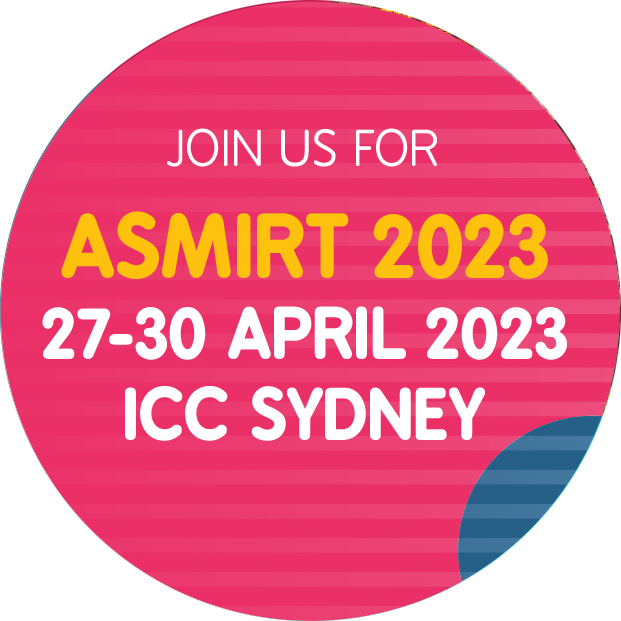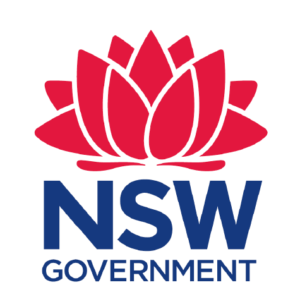As one of the first appointed consultant radiographers and the first Clinical Professor of Radiography in the UK, you are trailblazer! Can you describe your career progression?
I suppose the first thing to say is that none of the roles I have occupied existed when I started radiography or even during my career. Projectional radiography remains my specialist area of clinical practice. Becoming a reporting radiographer but being frustrated by the lack of career potential I took a secondment outside of the profession as a clinical terminology author and then national project manager for NHS informatics education. This was
a great learning opportunity but reminded me how much I missed clinical, and my return coincided with the launch of the skills mix strategy and four-tier structure. Having also taken an associate lecturer role at the local university I could see the opportunities, particularly around research and education. Lack of career progression forced me to look around and I took on a new role in my current organisation as one of three radiographers leading on advanced practice development in our respective specialist areas. This led to appointment as a consultant radiographer in emergency
care and expanding my portfolio as we developed further trainee consultant roles over the next 10 years alongside the development of a diagnostic radiographer researcher post. I took on a regional radiography leadership role in a collaborative network part-time which gave me opportunity to influence wider and develop the first reporting academy for radiographers. When the university announced the creation of academic chairs as part of its 50th anniversary celebrations I thought long and hard about a move away from frontline health care. A joint appointment was the ideal solution; a usiness case and rigorous interview later here I am.
For three decades you have been a ‘champion of change’ at the forefront of clinical practice and research. What have been the drivers, enablers and challenges during your career so far?
Three key things have probably been the greatest enablers – education, collaboration and being solution focussed. But some of the greatest challenges have also been enablers – particularly lack of career progression and opportunities, which have often driven me in different directions. Looking back, the short-term pain has always been the right thing in the end.
Back in the mid-1990s a colleague and myself (Karen Finlay, who is now a senior lecturer in CQU) put forward a case to undertake one of the first eporting courses. Following many knockbacks, they supported us. That was only the start of the challenge, it took another year before being allowed to report and it was always perceived as an add-on task rather than integrated into our roles, something which has become a passion of mine. I carried on with my education, often self-funded – completing my master’s degree and with my 1998/99 dissertation managing to implement the first trial of commenting (preliminary clinical evaluation) in the UK.
Attending the emergency nurse practitioner course while learning to report opened the door for collaborative thinking. I have continued to work closely with ED staff across different organisations as this enabled many initiatives such as hot reporting, emergency (and pre-hospital) ultrasound, radiographer discharge and, more recently, a pathway change to use cone beam CT for scaphoid fractures. Coming up with solutions and generating the
evidence through research has become my ‘go to’ approach and this continues, particularly around clinical pathways and roles.
Starting a professional doctorate but realising this probably was not right for me was also important as this coincided with me completing a PhD in general ultrasound. It also brought me back to direct patient care, as reporting can be remote if you let it. But the doctorate gave me a good underpinning for my research journey and many projects and outputs later I was awarded a PhD by publication, a relatively novel route in the UK but one that is common in Australia.
My collaborations have increasingly become academic, and often international. Being introduced to Maryann Hardy, now Professor of Radiography & Imaging Practice Research at the University of Bradford, at a conference almost 20 years ago was a turning point. We have gone on to research, write and educate, bringing our different experiences together and continuing to challenge each other. It was fundamental in our individual and shared success and has enabled each of us to succeed in our chosen paths, not knowing that we would eventually become colleagues in adjacent offices. Find your tribe is often cited as a way of developing collaborations and that is so true. Building relationships with others who have common interests and
drive but who are not afraid to challenge each other is a critical part of ensuring changes stick and growing research capacity.
What are your views on evidence-based practice and research for diagnostic radiography and medical radiation science more broadly?
I think we are still at the infancy in terms of confidence in using and generating our own evidence. We have some strong leaders in the profession but need to work out how we can engage students and staff to see this as part of our core business. Evidence-based practice, including audit, service evaluation and research is growing but a major challenge is the perceived lack of evidence around much of what we do. Take for example the projections we obtain in practice. You could argue that they are just obvious, but with our increased awareness of anatomy, particularly functional and postural
changes, technology and radiation dose, we cannot say whether the textbook examples are actually evidence-based and should not be superseded or confirmed in practice. We are seeing more publications and greater dissemination of research but most remains single-centre focussed and we
need to get better at sharing outcomes and becoming more confident at multi-centre design to grow our evidence base and credibility.
Where should we be focussing our energies for future research?
Probably the greatest thing is to build better collaborations, within and outside of radiography. We are relatively poor at maintaining relationships with alumni, at bachelor and master level and that is a great opportunity for us to maintain clinical academic links as well as support future research collaborations. The main things from my perspective are around making sure our techniques are evidence-based (from foot radiographs to complex interventions) and considering how our input to patient pathways can make a difference.
Advanced practice is still in its infancy in Australia. What is your advice for current and future aspiring advanced practitioners?
Key is that these roles are justified based on clinical and service need rather than individual aspirations. To support this, those around us also need to see the evidence which underpins them. I am not so much talking about how good we are at something, although that is obviously critical, but what the impact of any role change is on our patients, colleagues and employer. This can be around more efficient diagnosis or treatment, improved patient safety or experience, and it is this which will gain traction and widespread adoption. The underpinning evidence also often means that it is others that will champion the change, including patient groups, clinical colleagues and administrators rather than our profession always pushing. Going back to my
early days though it is important that advanced practice is notjust task-based responsibilities but new roles that incorporate clinical leadership, education and evidence-based practice to improve patient outcomes. In the UK it has taken us a long time to understand enhanced and advanced practice as separate concepts which are linked and both appreciated but acknowledged as different roles.




Please feel free to contact us if you need more information
Phone: +613 9419 3336
Email: conferences@asmirt.org